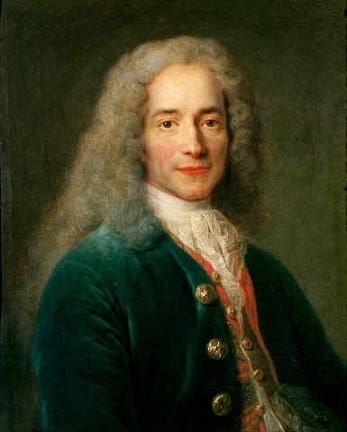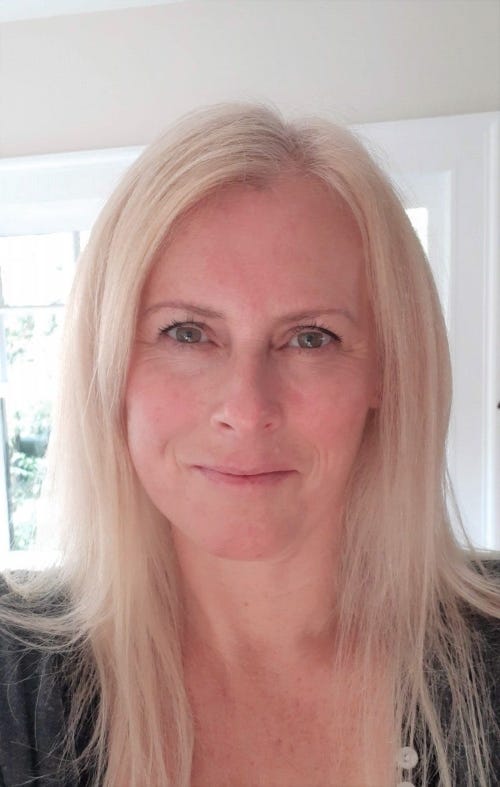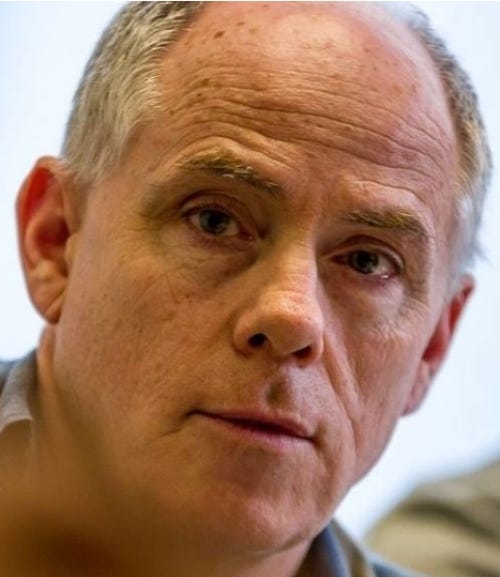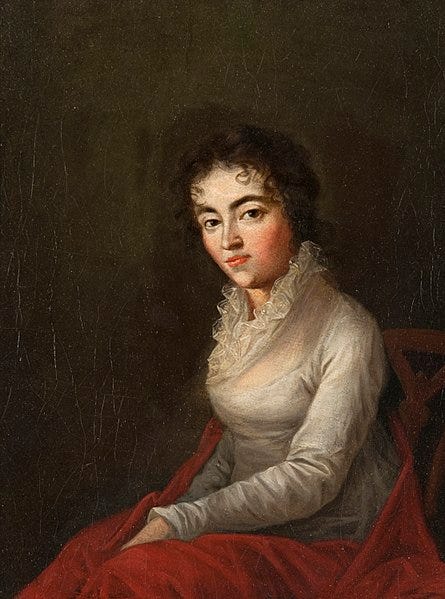You can also download the podcast on all major platforms including Apple Podcasts and Spotify.
Mozart. The very name reminds us of soaring arias, evocative melodies, and musical mastery.
A child prodigy, Mozart incredibly penned his first composition at age five, and his first opera Apollo et Hyacinthus at age 11. Indeed the music produced in his short but remarkable life moves us in ways few other composers have achieved.

On January 27, 1756 at No. 9, Geitreidegasse, Salzburg in Austria, then in the Holy Roman Empire, Wolfgang Amadeus Mozart was born, the seventh son of Leopold Mozart and Anna Maria Walburga.
It didn’t take long for Mozart’s father, himself an accomplished musician, to recognize his young son as musically gifted. It took even less time to arrange the first of what would be many grand tours of Europe, showcasing the young Mozart’s musical talent from the tender age of six to members of both royalty and the public across the region. Fortunately, our young Mozart was up for the job, a natural-born performer and crowd-pleaser.
By Age 17, Mozart secured a position as court musician in Salzburg, but eventually moved on to Vienna in 1781 where he met his future wife, Constanze Weber, a singer whose half-uncle was the father of renowned composer Carl Maria von Weber. The two were married in August of 1782 and took up residence in Vienna.
Between 1782-1784, Mozart’s sphere of influence increased, while his own musical interests grew. He became well acquainted with and influenced by the music of Johann Sebastien Bach, and George Friedric Handel. He met Joseph Haydn in 1784 and the two composers worked closely together, even dedicating works to each other.
In demand as a soloist performer of his own works, Mozart’s fortunes turned for the better during these years, allowing the family a more lavish lifestyle with a larger apartment and servants, private school for their son, even a billiard table. Unfortunately, Mozart’s genius did not extend to financial management and, eventually, like so many composers before and after him, moving to a better part of town did nothing to keep the debtors at bay.
Despite his struggles, by 1784 Mozart had established himself as one of the most gifted composers ever to have lived, remarkably having spent 23 of his 28 years composing and performing music.
But the last seven years of his life, from 1784 - 1791, hold their own intrigue. During these years Mozart was a member of the Freemasons, a secretive order devoted to ritual, complicated handshakes, progress, philanthropy, and cultural, social, and spiritual enlightenment.
It was also during these years that Mozart composed some of his most monumental and well-known works: Cosi Fan Tutte, Don Giovanni, The Marriage of Figaro, and, The Magic Flute. Coincidence?
But who are the Freemasons?
Originally known as the Ancient Free and Accepted Masons, the Freemasons originated within the trade guilds of stonecutters and masons of Scotland and England in the 16th and 17th century. Both of these professions were in high demand for their work on the many cathedrals and churches under construction all over Europe.
Over time, and as construction slowed into the 17th and 18th Century, membership in the Freemasons expanded to include anyone who believed in and practiced the pursuit of philanthropy, personal improvement, tolerance, and rational thought: all ideals of the Enlightenment movement so prominent in Europe at the time.
While myth and mystery has surrounded the Freemasons since their inception, during Mozart’s time many well-known figures were members of the brotherhood including French author and philosopher Voltaire:
“Think for yourself and let others enjoy the privilege of doing so too.”
German philosopher and author Goethe:
“There is an equality which is taught in Masonry, the true equality, the inner life of God which makes all men equal.”
and the first President of the United States, George Washington:
“Freemasonry is founded on the immutable laws of Truth and Justice and its grand object is to promote the happiness of the human race.”



On both sides of the Atlantic, discussion and debate surrounding the ideals and values of the enlightenment became a focus of enlightened society.
But why did Mozart, a sworn Catholic, seek membership in the Freemasons?
A product of the Enlightenment, Mozart’s musical genius indicates a keen and inquisitive mind that strove for improvement, and the pursuit of knowledge, values prominent in the Freemason lodges.
But Mozart was also highly social and extroverted, by all accounts. Perhaps it was the camaraderie of the brotherhood that appealed to him? The freedom to exist as his natural self, amongst like-minded individuals?
There is no doubt Mozart’s burgeoning fame would have increased his standing in the eyes of many of his fellow Freemasons such as Goethe who spoke freely of his intense admiration for Mozart:
“A phenomenon like Mozart remains an inexplicable thing…”
The Catholic church would not have afforded Mozart the same freedom to pursue rational and scientific thought and, to this day, membership in the Freemasons is forbidden for Catholics.
Enlightenment favoured rational thought over the supernatural and while the Freemasons believed in a higher power or supreme being, tolerance ruled the day and members from any religious views were welcome, a practice that continues today.
The Freemasons as a means for social networking may also have appealed to Mozart. As a meeting place for members from a broad spectrum of society, Freemason lodges would have given Mozart exposure to and even collaboration with like-minded individuals, something that would have benefited him during his days as a popular but struggling musician.
One such like-minded individual was celebrated composer Joseph Haydn. On the eve of his initiation into the Lodge, Haydn and Mozart celebrated by playing music they had each written and dedicated to the other. Mozart’s father, Leopold, was also in attendance, and in a letter to a friend, recalled Haydn’s words to him:
“I’lI tell you before God, and as an honest man, that your son is the greatest composer I know, either personally or by reputation: he has taste and moreover the greatest possible knowledge of the science of composition.”
Freemason-facilitated collaboration and mutual admiration between two of the greatest composers of the classical era.
Finally, for Mozart, the structure and values of the Freemasons provided him significant artistic inspiration.
In particular, his final opera The Magic Flute, contains many masonic elements worth a deeper look.
The Magic Flute, like so many fairy tales before and after it, has at its crux the battle between light and dark. Written in Mozart’s trademark operatic style, this work features tonal harmonies, large ensemble orchestras, and clear melodies. As Mozart himself said:
“Melody is the essence of music.”
The opera opens in Act 1 with our hero, an ignorant Tamino, ineffectually facing down a serpent, a symbol of chaos and darkness. Enter the three ladies who kill the snake, and present Tamino with a message from the Queen of the Night:
She seeks Tamino’s assistance in rescuing her daughter, Pamina, who is being held captive by Sarastro, a high priest. Right away, Mozart has established a struggle between enlightenment and status quo.
With the assistance of his friend, Papageno, Tamino accepts the challenge of personal growth in the form of three trials. With the help of a magic flute Tamino takes his first steps away from the Dark Side, and on the path to enlightenment.
Further in Act 1, Tamino meets The Queen of the Night herself, a symbol of vengeful, manipulative tyranny, devoid of the elements of enlightenment such as rational thought, forgiveness, and the pursuit of knowledge.
In Act II, Tamino and Papageno complete the three trials. While trials and challenges are part of any good Hero’s journey, here they represent the initiation rites new members must take before becoming Freemasons.
Our hero is also introduced to Sarastro, the high priest of enlightenment himself, and his temple, where values of knowledge, and moral and personal development are upheld.
If Tamino wishes to be united with his love, Pamina, he must prove himself worthy of the temple.
The conflict between light and dark is emphasized again in this act when a vengeful Queen of the Night implores Tamino to kill Sarastro for mistreating her daughter.
Tamino takes another step closer to enlightenment in his refusal to embrace the dark side, although it is important to note the duality of The Queen of the Night’s character who displays the anti-enlightenment values of vengefulness and tyranny, but also acts as any mother would when faced with her daughter’s kidnapping.
In Act III, Tamino faces his most challenging trial, the Trial of Wisdom. His success represents his final transformation away from the dark and sees him embracing the most important of the Masonic values: the pursuit of love, knowledge and wisdom.
Pamina also undertakes her own transformation in Act III. Initially vulnerable and without control over her own life, through the completion of her own trials set by Sarastro, Pamina becomes a symbol of virtue and enlightenment.
Speaking of love, even the down-to-earth Papageno and Papagena have found each other, allowed by Mozart to find the comfort they seek, in the name of the Freemason values of love and humanity.
By the end of the opera, The Queen of the Night has literally fallen into a pit of darkness, never to see the light again, and Sarastro has upheld the world of man where wisdom and rational thinking rule supreme.
Tamino, a pillar of wisdom, morality, and enlightenment, and the transformed Pamina are together, the final representation of the union of love and wisdom, and the epitome of Enlightenment and masonic values.
Mozart famously said:
“The music is not in the notes, but in the silence between.”
Here he asks us to consider the subtlety of music, to consider the space between and the meaning it holds for artistic expression and interpretation both by the composer himself, and by his beloved audience.
To the end, Mozart upheld the Masonic values of personal improvement and the quest for beauty and truth. Where better to see proof of this than in The Magic Flute.
Vancouver Opera presents The Magic Flute - October 21st to 29th, at the Queen Elizabeth Theatre. For tickets and more information visit VancouverOpera.ca
Credits:


Jane Potter - Writer and Narrator
Jane holds an MA in Critical and Creative writing from the University of Gloucestershire, and loves telling stories in all forms: She lives in Victoria, and when she isn’t busy reading and writing, she can be found running a small business, baking in the kitchen, or weeding the garden.
Kent Wilson - Voice of George Washington
David Bloom - Voice of Goethe, Leopold Mozart, and Wolfgang Amadeus Mozart.
David is an actor, playwright, director, dramaturge, and fight choreographer. He has taught programs including stage combat, improvisation, Shakespeare, scene study, and new play creation at universities and art institutions throughout British Columbia.
Ashley Daniel Foot - Voice of Voltaire
Ashley is Vancouver Opera’s Director of Engagement and Civic Practice.
Mack McGillivray - Editor
Mack is an audio producer, editor, and opera lover.
Music Credits:
I. Allegro from Eine Kleine Nachtmusik by Wolfgang Amadeus Mozart
Performed by Advent Chamber Orchestra (2005)
II. Air from Orchestral Suite No. 3 in D Major by Johann Sebastian Bach
Performed by the United States Air Force Band (2000)
II. Poco Adagio from String Quartet No. 62 in C Major ("Emperor") by Franz Joseph Haydn
Performed by Wong Lu Ee, Mabel Wong, Andrew Filmer and Ivan Torres for the Euroasia Association of Performing Arts (2017)
I. Allegro from Piano Sonata No. 12 in F Major by Wolfgang Amadeus Mozart
Created by Bernd Krueger
"Don Giovanni a cenar teco” from Don Giovanni by Wolfgang Amadeus Mozart
Performed by Kurt Böhme, Walter Berry, and the Orchestra dell'Opera di Stato di Vienna (1955)
I. Moderato from Cello Concerto No. 1 in C Major by Joseph Haydn
Performed by Song Hee-Song and The Metropolitan Chamber Orchestra, Australia (2010)
“Zu hilfe! Zu hilfe!,” “Dies Bildnis ist bezaubernd schön,” “Wie stark ist nicht dein Zauberton,” “O Isis und Osiris,” “Der Hölle Rache kocht in meinem Herzen,” and “Papagena! Papagena! Papagena!” from Die Zauberflöte by Wolfgang Amadeus Mozart
Performed by Rita Streich, Maria Stader, Ernst Haefliger, Dietrich Fischer-Dieskau, Josef Griendl and Rias Symphonie-Orchester Berlin (1953)







